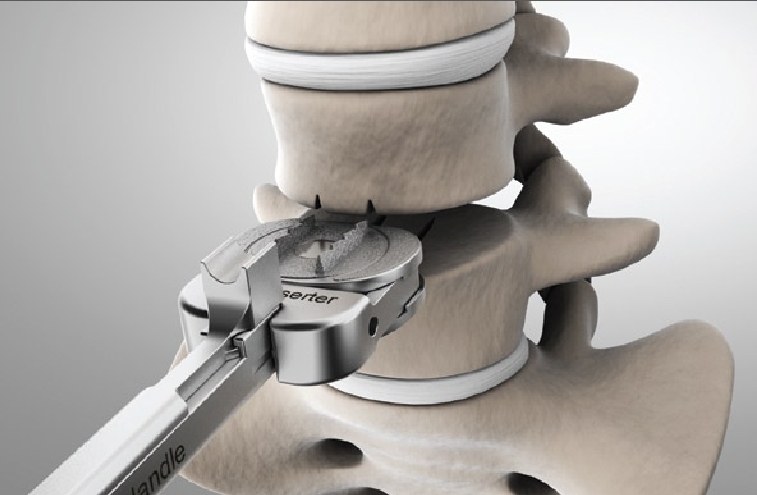. 2020;76(6):572-578.
doi: 10.6009/jjrt.2020_JSRT_76.6.572.
[Article in
Japanese]
Affiliations
Affiliations
- 1 Department of Radiological Technology, Kurashiki Central Hospital.
- 2 Department of Quantum Medical Technology, Division of Health Sciences, Graduate School of Medical Science, Kanazawa University.
- 3 Department of Quantum Medical Technology, Faculty of Health Sciences, Institute of Medical, Pharmaceutical and Health Sciences, Kanazawa University.
- 4 Department of Radiological Technology, Faculty of Medical Science and Technology, Kawasaki University of Medical Welfare.
Item in Clipboard
[Article in
Japanese]
Masaaki Fukunaga et al.
Nihon Hoshasen Gijutsu Gakkai Zasshi.
.
. 2020;76(6):572-578.
doi: 10.6009/jjrt.2020_JSRT_76.6.572.
Affiliations
- 1 Department of Radiological Technology, Kurashiki Central Hospital.
- 2 Department of Quantum Medical Technology, Division of Health Sciences, Graduate School of Medical Science, Kanazawa University.
- 3 Department of Quantum Medical Technology, Faculty of Health Sciences, Institute of Medical, Pharmaceutical and Health Sciences, Kanazawa University.
- 4 Department of Radiological Technology, Faculty of Medical Science and Technology, Kawasaki University of Medical Welfare.
Item in Clipboard
Abstract
The purpose of this study was to measure the scatter radiation intensity during transforaminal lumbar interbody fusion using a mobile C-arm system (Arcadis Orbic 3D; Siemens) and minimize radiation exposure. Dosimetry was performed with anterior-posterior and lateral continuous fluoroscopy, and cone beam computed tomography (CT). A scaffold tower (L: 300 cm×W: 200 cm×H: 150 cm) was built with radiation-resistant paper cylinders at intervals of 50 cm and plastic joints over the bed, and 100 optically stimulated luminescence dosimeters (nanoDot; Nagase Landauer) were placed on each joint. A human torso phantom from head to pelvis (Kyoto Kagaku) was positioned on the bed in a prone position. The scatter radiation dose in a lateral view was highest on the X-ray tube side at the height of 100 cm (170.5 μGy/min). The scatter radiation dose increased significantly on the X-ray tube side during lateral continuous fluoroscopy. Continuous change of surgeons’ standing positions is important to minimize radiation exposure received by a specific surgeon.
Keywords:
cone beam computed tomography (CT); optically stimulated luminescence; scatter radiation; transforaminal lumbar interbody fusion.
Similar articles
-
Evaluation of an X-Ray Dose Profile Derived from an Optically Stimulated Luminescent Dosimeter during Computed Tomographic Fluoroscopy.
Hasegawa H, Sato M, Tanaka H.
Hasegawa H, et al.
PLoS One. 2015 Jul 7;10(7):e0132154. doi: 10.1371/journal.pone.0132154. eCollection 2015.
PLoS One. 2015.PMID: 26151914
Free PMC article. -
Intraoperative fluoroscopy, portable X-ray, and CT: patient and operating room personnel radiation exposure in spinal surgery.
Nelson EM, Monazzam SM, Kim KD, Seibert JA, Klineberg EO.
Nelson EM, et al.
Spine J. 2014 Dec 1;14(12):2985-91. doi: 10.1016/j.spinee.2014.06.003. Epub 2014 Jun 7.
Spine J. 2014.PMID: 24912118
-
Intraoperative cone-beam CT for guidance of head and neck surgery: Assessment of dose and image quality using a C-arm prototype.
Daly MJ, Siewerdsen JH, Moseley DJ, Jaffray DA, Irish JC.
Daly MJ, et al.
Med Phys. 2006 Oct;33(10):3767-80. doi: 10.1118/1.2349687.
Med Phys. 2006.PMID: 17089842
-
Radiation Doses to Staff in a Hybrid Operating Room: An Anthropomorphic Phantom Study with Active Electronic Dosimeters.
Serna Santos J, Uusi-Simola J, Kaasalainen T, Aho P, Venermo M.
Serna Santos J, et al.
Eur J Vasc Endovasc Surg. 2020 Apr;59(4):654-660. doi: 10.1016/j.ejvs.2020.01.018. Epub 2020 Feb 12.
Eur J Vasc Endovasc Surg. 2020.PMID: 32061447
-
Radiation safety and spine surgery: systematic review of exposure limits and methods to minimize radiation exposure.
Srinivasan D, Than KD, Wang AC, La Marca F, Wang PI, Schermerhorn TC, Park P.
Srinivasan D, et al.
World Neurosurg. 2014 Dec;82(6):1337-43. doi: 10.1016/j.wneu.2014.07.041. Epub 2014 Aug 1.
World Neurosurg. 2014.PMID: 25088230
Review.

